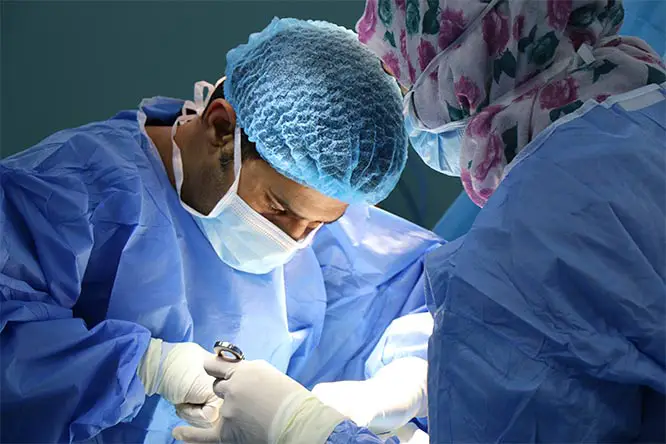A Closer Look at Hernias: Causes, Identification, and Surgical Solutions
Diving deep into the topic of hernias, we present an exhaustive guide to this prevalent health concern affecting numerous people globally. From outlining what hernias are to discussing the signs, causes, and available treatments, our aim is to arm readers with the information they need for sound healthcare decisions.
Whether it’s personal research or guidance for someone you know undergoing hernia surgery, this guide offers a thorough understanding of the subject, including insights on hernia identification and preventive measures. Let’s navigate the path to recovery and well-being together.
Grasping the Basics of Hernias
Hernias arise when tissue or an organ pushes through a weak point in the muscles or connective tissue that surround it. They manifest in various forms, such as:
- Inguinal Hernias: Found in the groin.
- Femoral Hernias: Situated in the upper thigh.
- Umbilical Hernias: Located near the belly button.
- Hiatal Hernias: Involve the diaphragm and upper part of the stomach.
- Incisional Hernias: Appear at a previous surgical cut.
In the subsequent sections, we delve into the symptoms, risk factors, and surgical solutions related to hernias, equipping readers to better tackle this condition.
For those keen on an in-depth exploration of the anatomy and surgical methods related to inguinal hernias, more detailed information is available.
Spotting a Hernia
Key symptoms of hernias include:
- Pain or discomfort in a specific area.
- An observable or tactile lump or swelling.
- Symptoms like nausea or vomiting.
- Difficulty swallowing, specifically for hiatal hernias.
It’s crucial to remember that some hernias might not show any symptoms. Therefore, regular medical evaluations are essential, especially if you exhibit any risk factors.
Why Do Hernias Occur?
Recognizing the triggers and risk factors is fundamental to prevention and early detection. Factors that might lead to hernias include age, obesity, improper weight lifting techniques, continuous coughing, or prior surgical procedures. For instance, hernias often emerge as an injury among weightlifters who don’t follow proper lifting techniques.
Preventing Hernias
Though not always avoidable, certain strategies can minimize hernia risks:
- Weight Management: Maintaining a balanced weight can relieve undue muscle stress.
- Proper Lifting: Use the right lifting techniques, focusing on leg strength, not the back.
- Dietary Habits: Ensure smooth bowel movements by consuming fiber-rich diets and staying hydrated.
- Quit Smoking: This habit weakens tissues, making hernias more probable.
- Strengthen Your Core: Exercises like Pilates, sit-ups, and planks can boost abdominal strength.
- Uphold Good Posture: Proper posture reduces muscle strain.
- Manage Persistent Coughs: Address chronic coughing, a potential hernia trigger.
Surgical Treatments
Surgical procedures often become imperative to mend the affected area and ward off further complications:
- Open Hernia Repair: A conventional method involving a significant cut near the hernia, followed by tissue adjustment and the use of stitches or mesh for reinforcement.
- Laparoscopic Repair: A less invasive method where surgery is performed using tiny incisions, assisted by a camera-equipped tube called a laparoscope.
The choice of surgery, be it open or laparoscopic, and the repair method – herniorrhaphy (closing the opening) or hernioplasty (reinforcing the area with materials like mesh) – relies on the hernia’s nature, the patient’s health, and the surgeon’s skill.
Wrap Up
Through this guide, we’ve tried to shed light on hernias, detailing their causes, identification methods, and possible treatments. Knowledge is power, and with this knowledge, we hope readers can make well-informed health decisions and actively engage in their recovery process.

